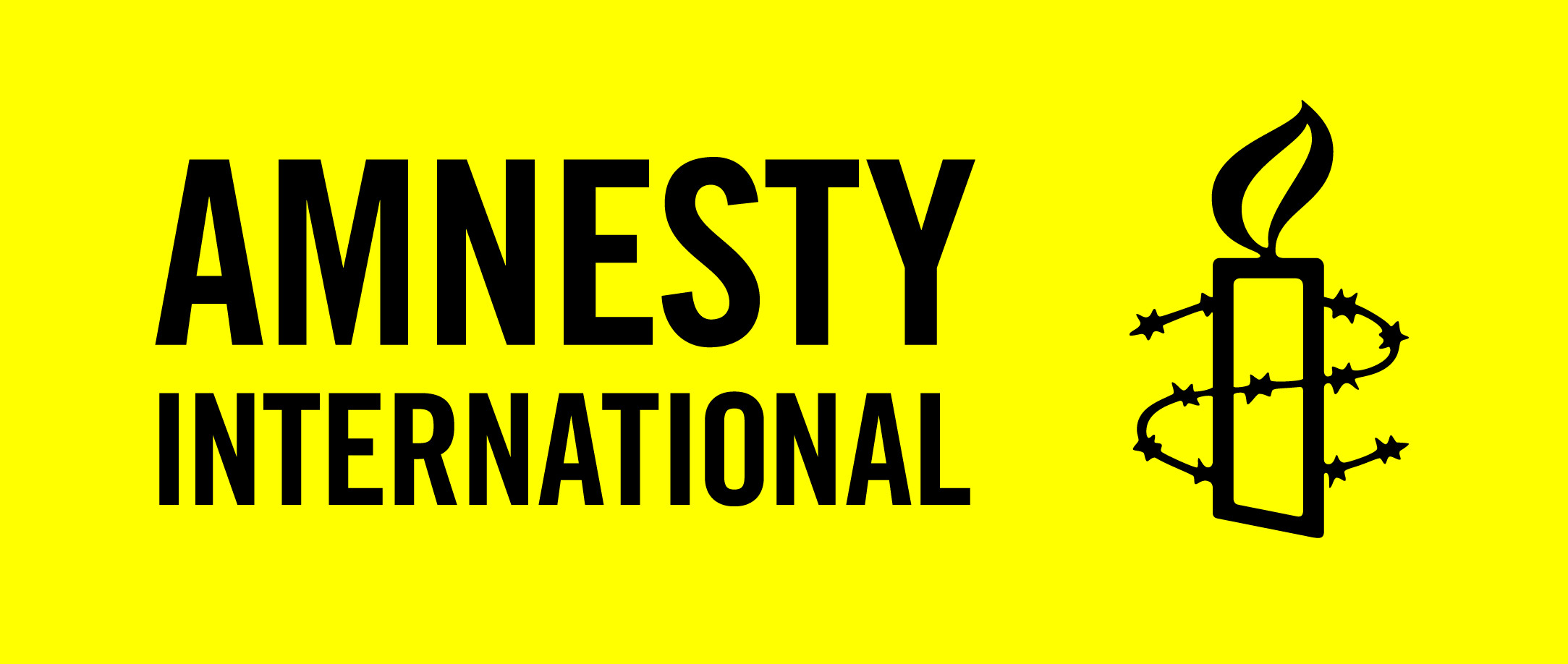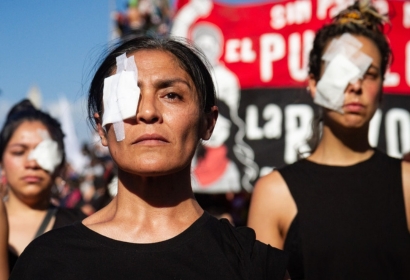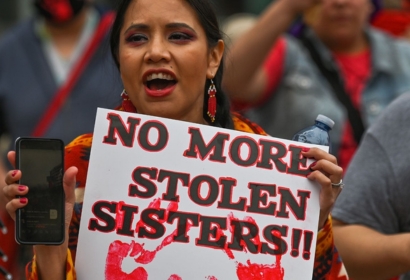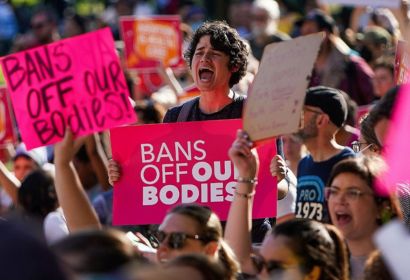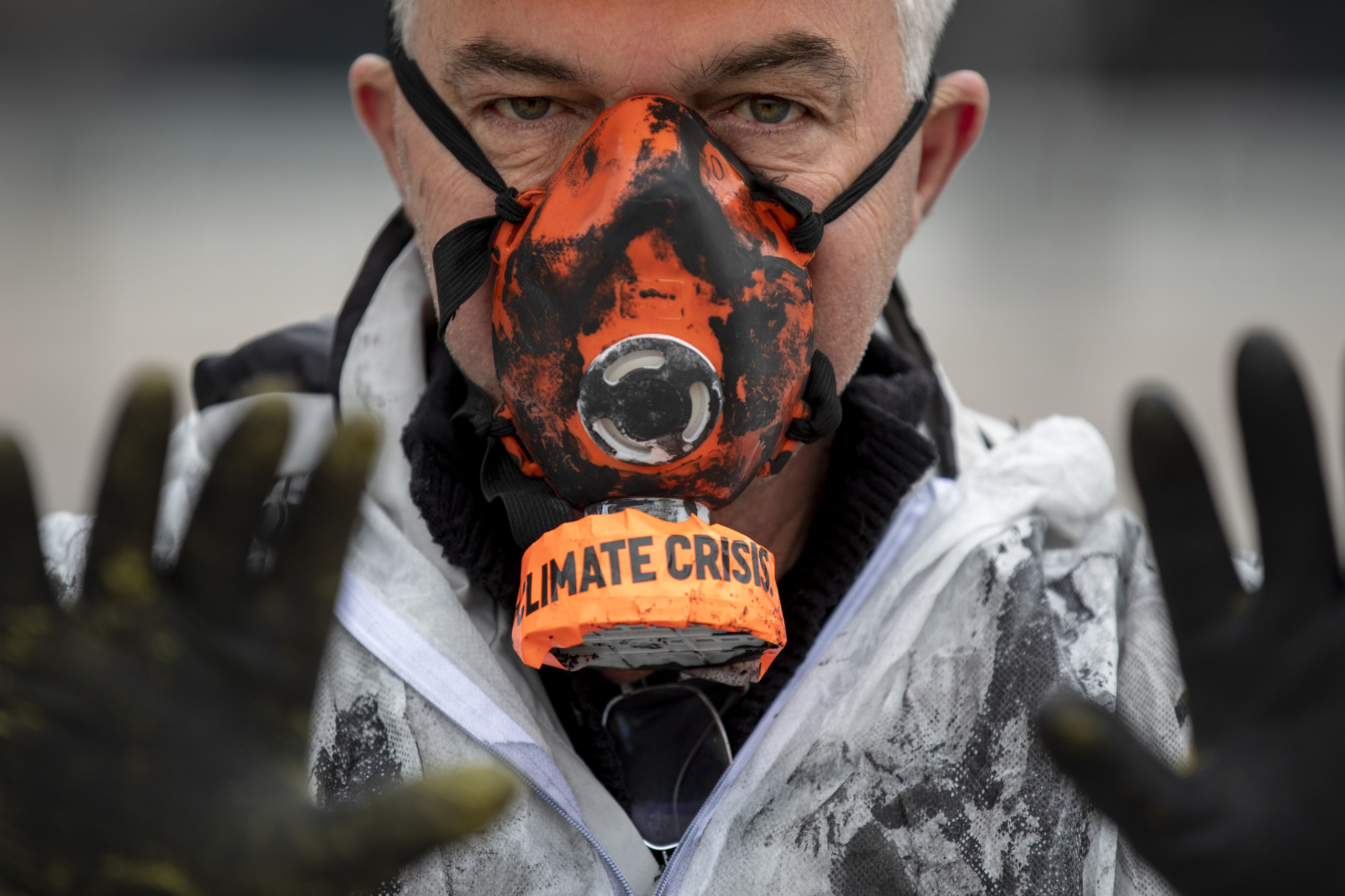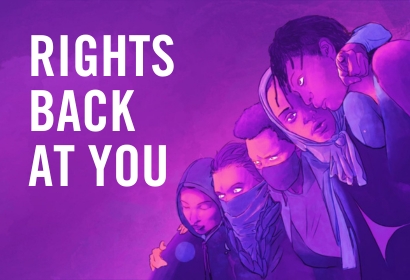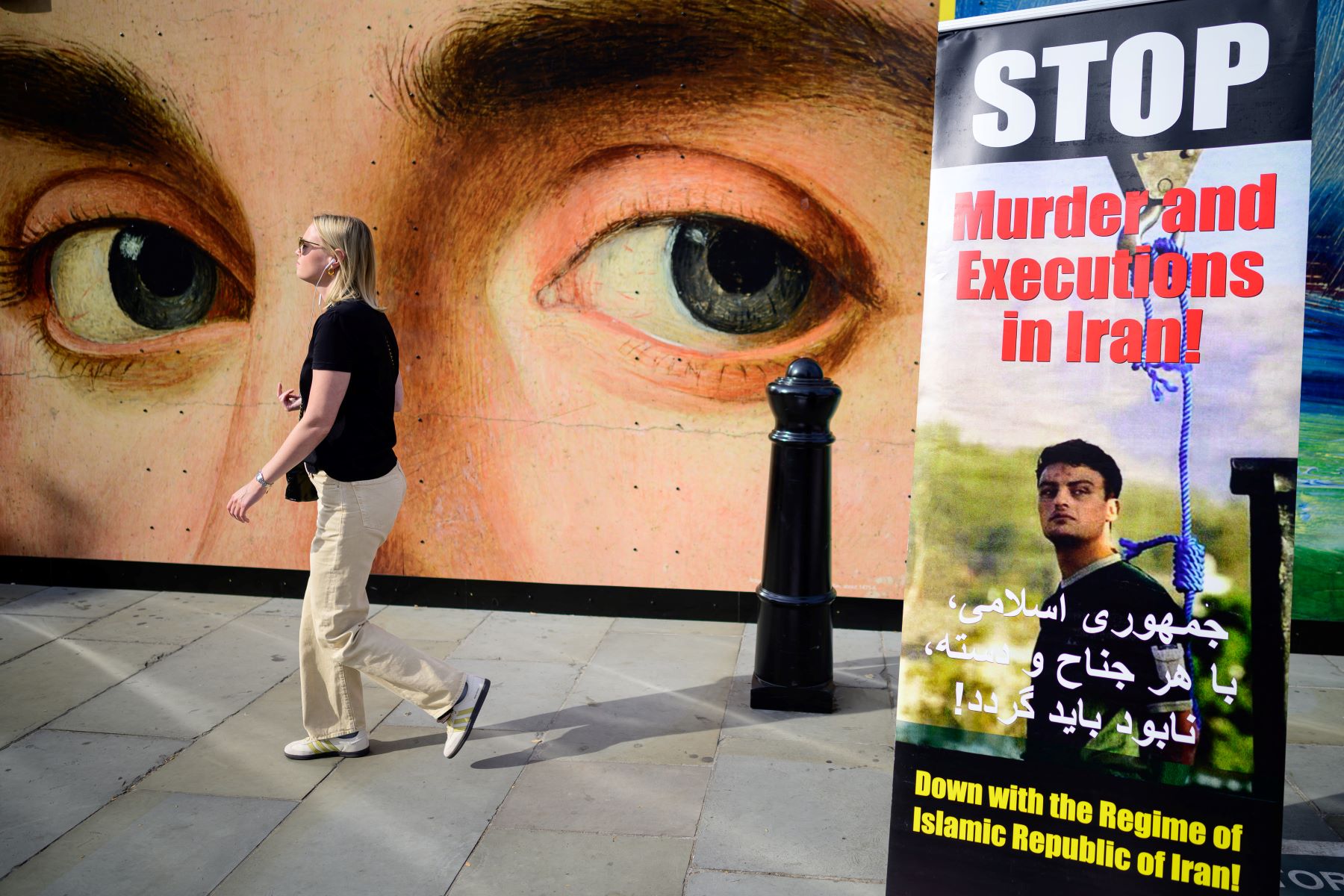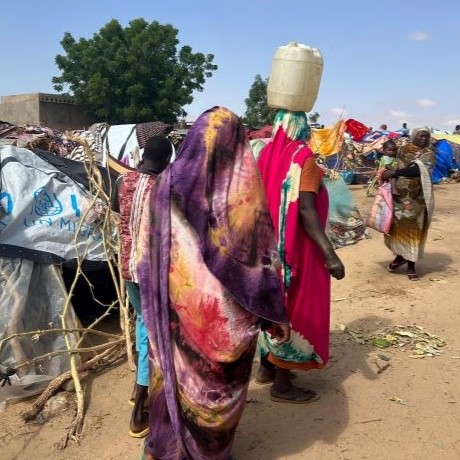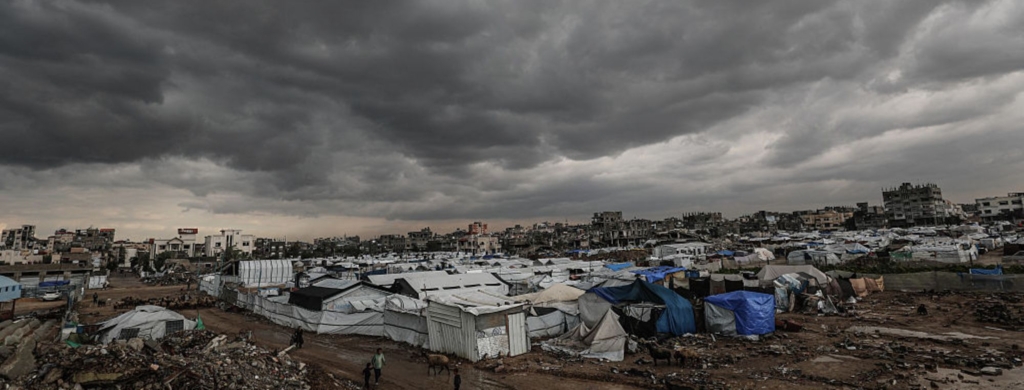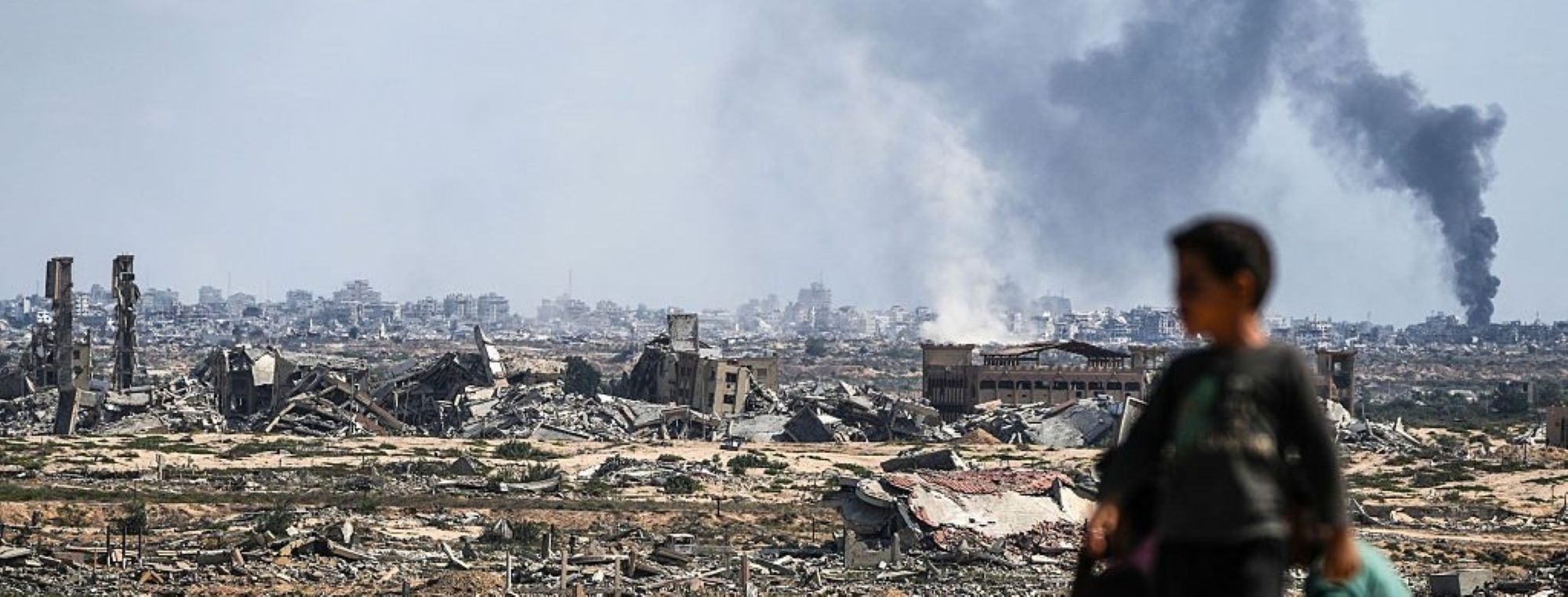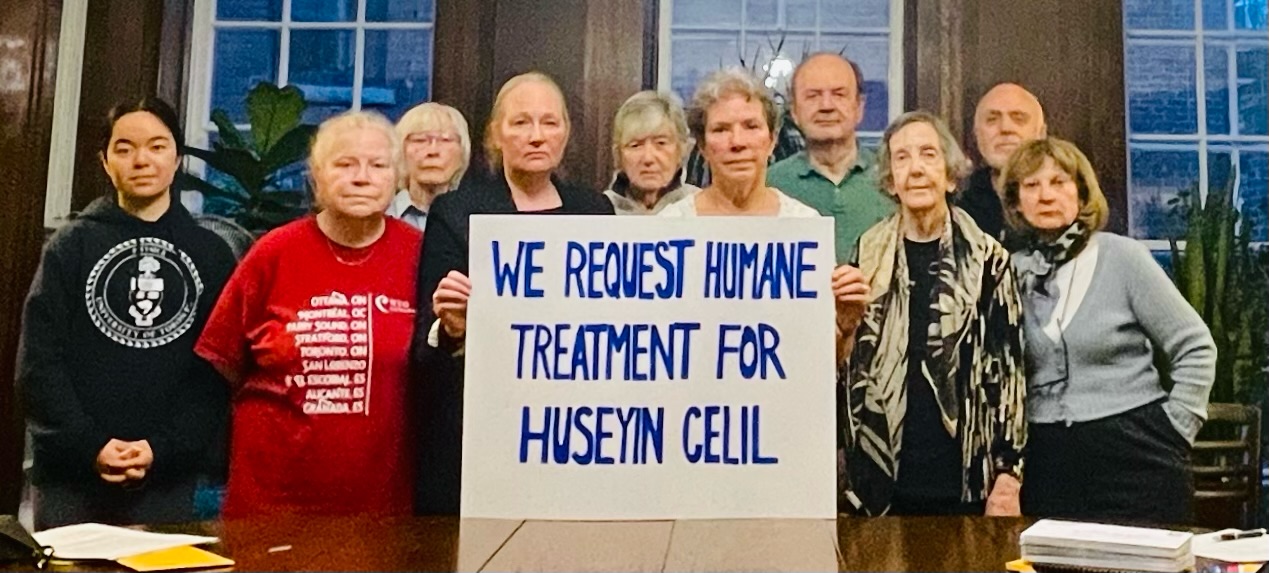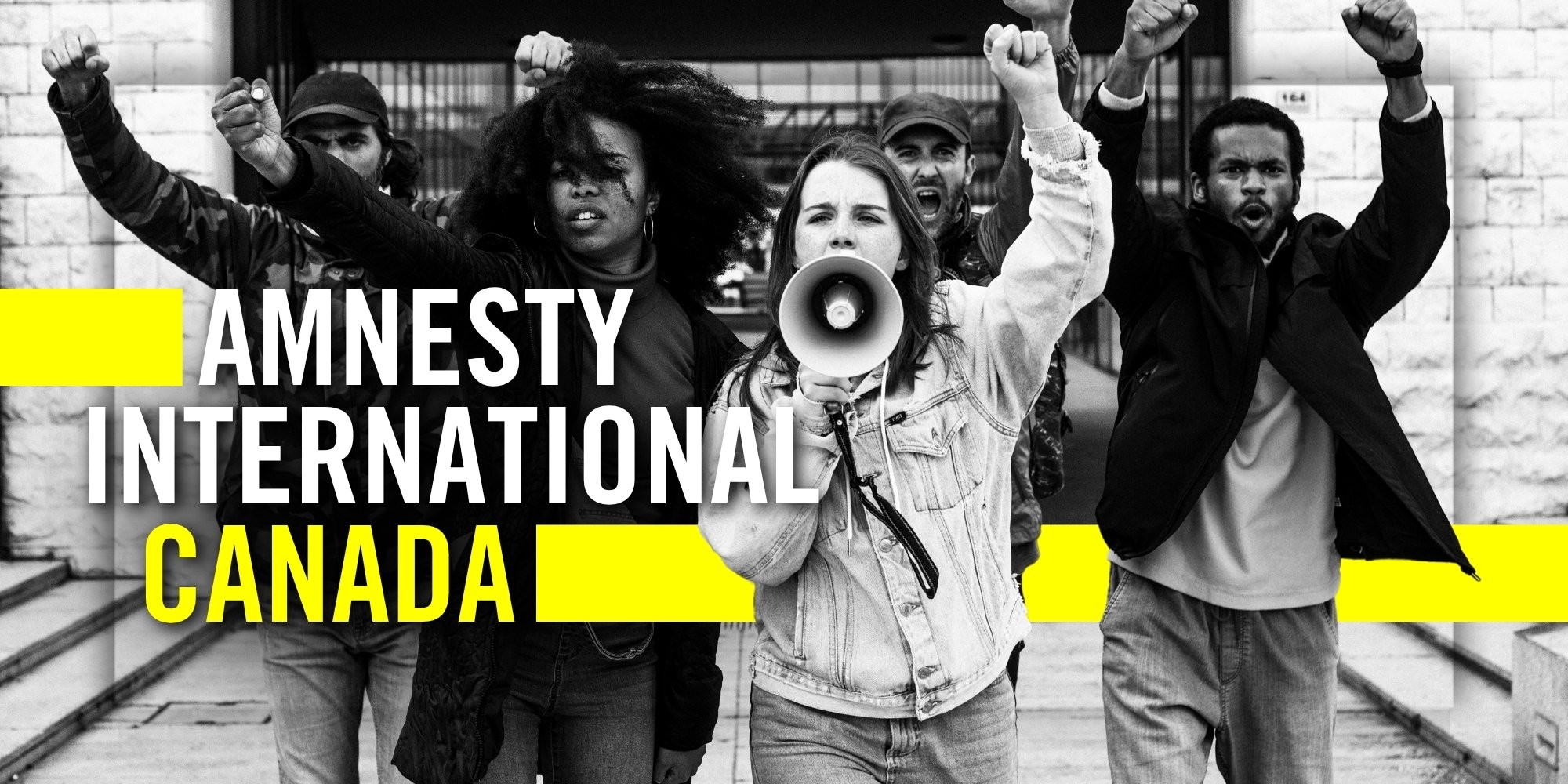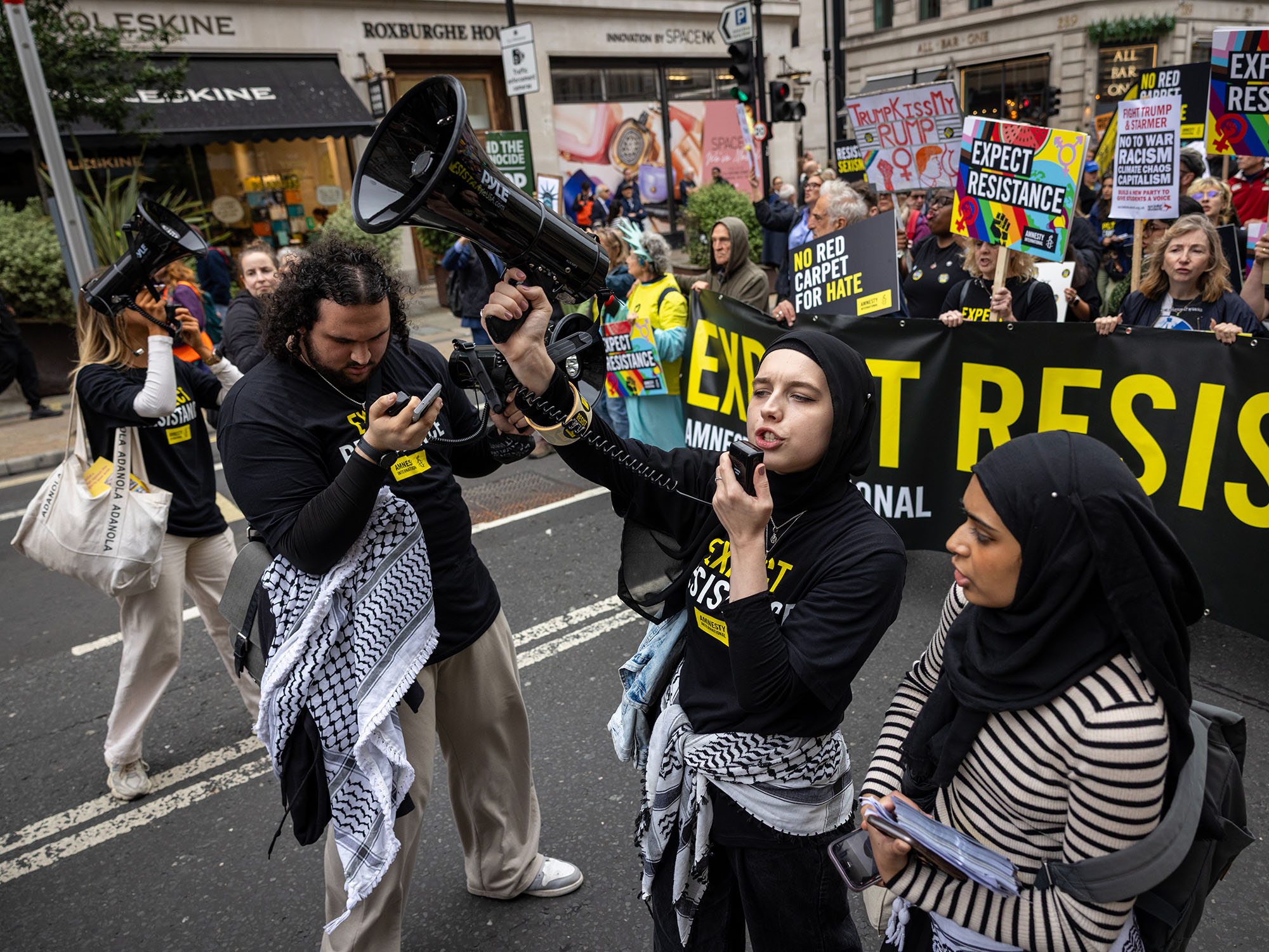Since the Woman Life Freedom uprising, Iranian authorities have doubled down on their brutal use of the death penalty.
thousands at risk of execution
Urge the international community to press Iran establish an official moratorium on executions with a view to fully abolishing the death penalty
Since the Woman Life Freedom uprising, Iranian authorities have doubled down on their brutal use of the death penalty as a tool of oppression to terrorize the public and tighten their grip on power. Prisons have become sites of mass state-sanctioned killings. In 2023, executions soared with over 853 people executed, a 48% increase from 2022 and the highest number for eight years. This arbitrary deprivation of people’s lives must stop.
The spike in executions is largely attributed to the return of a lethal anti-narcotics policy since 2021. Authorities carried out over 481 drug-related executions in 2023, marking a 89% increase from 2022 and 264% increase from 2021.
The death penalty is also used to target oppressed minority groups. Iran’s oppressed Baluchi ethnic minority, who constitute only about 5% of Iran’s population, accounted for 20% of all executions. Individuals were also executed for their social media posts and for sexual relations between consenting adults.
Iranian authorities are using the death penalty as a tool of political oppression to sow fear among the public and deter further nationwide protests. In 2023, they executed 7 people in connection to protests after grossly unfair sham trials.
Iran’s killing spree is continuing into 2024, with at least 95 recorded executions by March 20. Execution numbers recorded by Amnesty International are minimum figures and the organization believes the real number is higher.
On July 27, 2025, political dissidents, Behrouz Ehsani and Mehdi Hassani were executed in secret without notice to them or their families in Ghezel Hesar prison in Karaj, Alborz province. The executions took place after a grossly unfair trial by a Revolutionary Court. They were denied access to their lawyers for nearly two years before a trial that lasted only five minutes and during which they were not allowed to speak in their own defense. Forced ‘confessions’ extracted through beatings, prolonged solitary confinement and threats to further harm them and their families were used as evidence to convict them.
Learn More
Iran executes 853 people in eight-year high amid relentless repression and renewed ‘war on drugs’ (April 4, 2024)
Iran: Prisons turned into killing fields as drug-related executions almost triple this year (June 2, 2023)
Iran: Executions of tortured protesters must trigger a robust reaction from the international community (May 19, 2023)
What else you can do
Write a personal letter to Iranian authorities based on the April 4, 2024 Urgent Action: Drug-related executions surging in Iran.
Top image © Signs criticising the Iranian Islamic Regime’s use of the death penalty are seen in Trafalgar Square on September 16, 2023 in London, England. Photo by Leon Neal/Getty Images.
